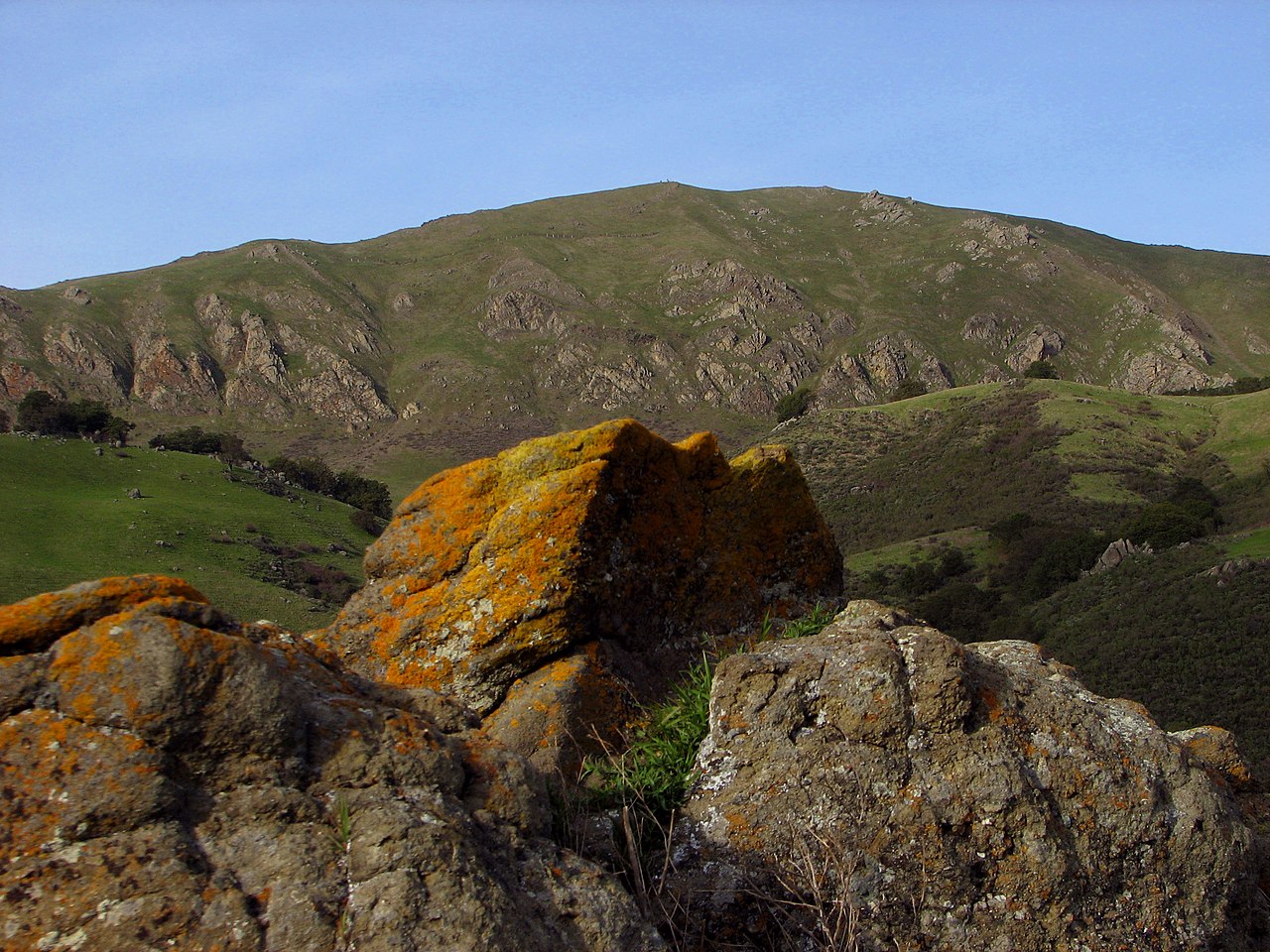| Lake Merritt |
| Don Edwards San Francisco Bay National Wildlife Refuge |
Many Aquatic mammals have been recently recorded to re-colonize the Bay Area including the California Golden Beaver, and the North American River Otter.
The San Francisco bay has had issues of pollution which has been known to harm the wildlife in that area. Industrial mining and other uses of mercury however have resulted in poisonous metal in the bay. Also, an incident in November 2007, where a ship collided with the Oakland Bay Bridge, had spilled over 58,000 gallons of bunker fuel which created the largest oil spill in that region since 1996.
Source:
http://articles.latimes.com/2007/nov/09/local/me-bay9
Source:
http://articles.latimes.com/2007/nov/09/local/me-bay9
http://www.bepress.com/archive/skinner_1962
http://www.birdnature.com/pacific.html
-----------------------------------------------------------------------------------------------------------------
http://www.birdnature.com/pacific.html
-----------------------------------------------------------------------------------------------------------------



